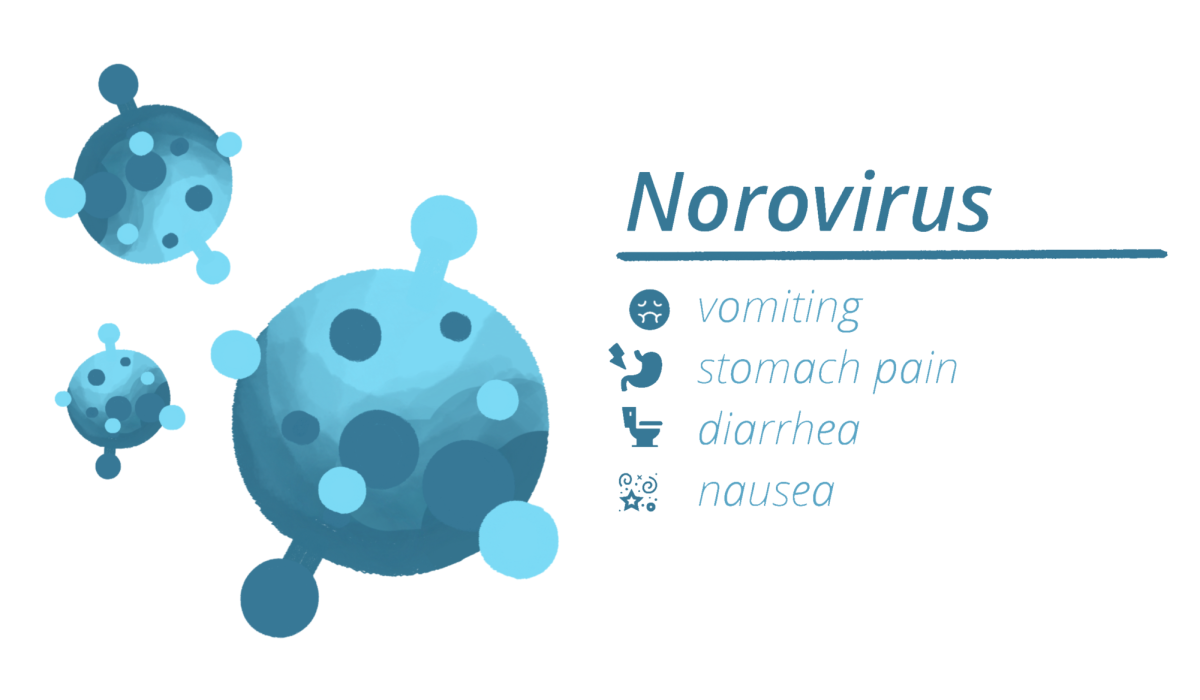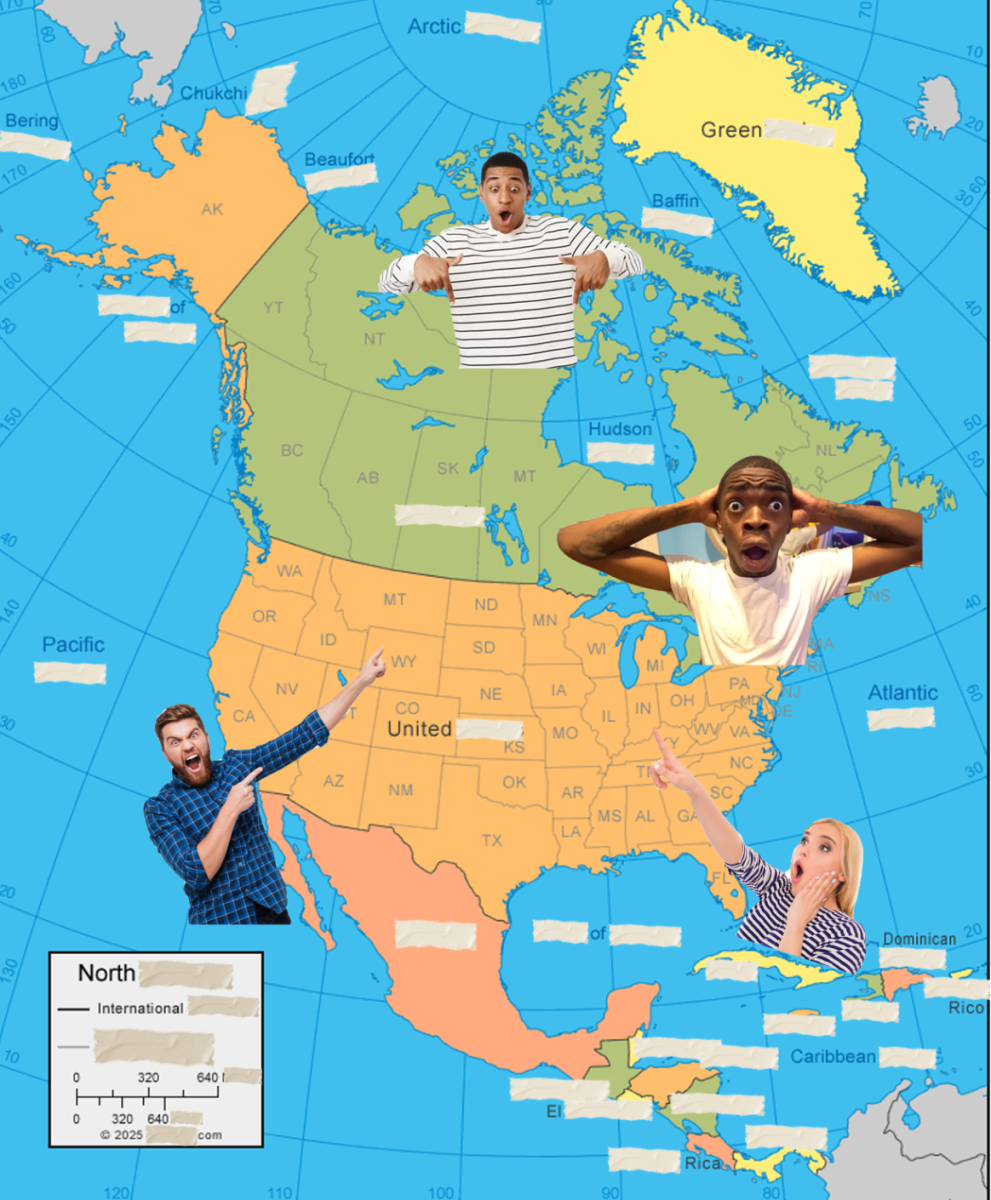Acclaimed historian Kate Brown came to Lafayette on Wednesday to discuss her award-winning book “Plutopia: Nuclear Families, Atomic Cities, and the Great Soviet and American Plutonium Disasters,” about the nuclear disasters at the American town of Richland and Ozersk. The Lafayette had the opportunity to speak to Brown and ask her about it.
What exactly is “Plutopia?” What does that term mean?
Plutopia is a Plutonium Utopia that refers to the child-centered, government-subsidized communities exclusively for plutonium plant operators that emerged alongside the world’s first plutonium plants in the U.S. and USSR. The reason they needed these special, closed nuclear cities was to make sure they could produce humankind’s most volatile product without having workers go on strike, break machinery or walk off the job. Can you imagine a sit-down strike at a plutonium plant?
Why did you decide to write “Plutopia?” What drew you into examining the ‘atomic cities’ of Richland and Ozersk?
I wrote this book initially because I was interested in the origins of the nuclear security state. I saw the residents of Plutopia as the founding fathers and mothers of surveillance societies, which we are now all a part of. In the 1940s, these were the first people to agree to have their phones bugged, their mail read. They were happy to put their arms out for a pat down, go through a whole body scanner and place their urine samples on the front porch every month. Now we are all used to be monitored and under surveillance. I wanted to see what the pioneers of the nuclear security state were like, but what I found when I worked in these areas in eastern Washington and the Southern Russian Urals is that people kept telling me they were sick from the radiation that the plants emitted. I heard that so many times, I started looking into it and found a much bigger story of decades of secretly contaminating landscapes and bodies.
How did you go about researching for this book?
I did what historians do. I went to archives and read lots of long, complicated documents, and I talked to people, doing oral interviews. I had trouble getting some information, but there was so much that was documented that my biggest problem was reading it all. I found that in both the U.S. and in Russia, access to documents was getting more and more limited with the echoing effect of 9-11.
Why do you think the Hanford and Mayak nuclear sites are not more common knowledge today?
It’s like the movie the “Big Short.” People don’t understand the housing bubble because it is complicated and that makes you feel stupid when you don’t get it, but then it’s pretty simple in the movie to get the gist of it. It’s the same with nuclear issues. Physicists speak in jargon to protect their aura of expertise. I am not a scientist, but after a while I could grasp what was going on. I wrote a very readable book so that people would know about Mayak and Hanford.
What lessons does “Plutopia” have for the modern world? Why is it important to remember Richland, Ozersk, Hanford and Mayak?
The plutonium disasters were the biggest nuclear disasters the world has yet known. They occurred because thousands of workers and managers in each place agreed to remain silent about the crimes they witnessed in order to get paid and have a secure, comfortable existence. That went on for four decades. It took just a few people to speak up in order to expose the crimes and gross negligence. And those few people changed world history and made the world a safer, better place. You could be that person too, if you have the courage and keep your eyes open.




















































































































